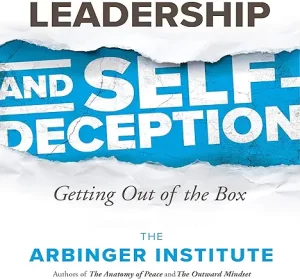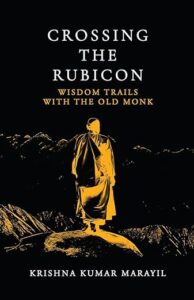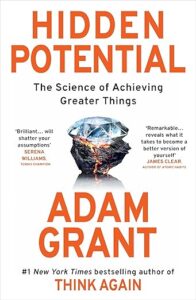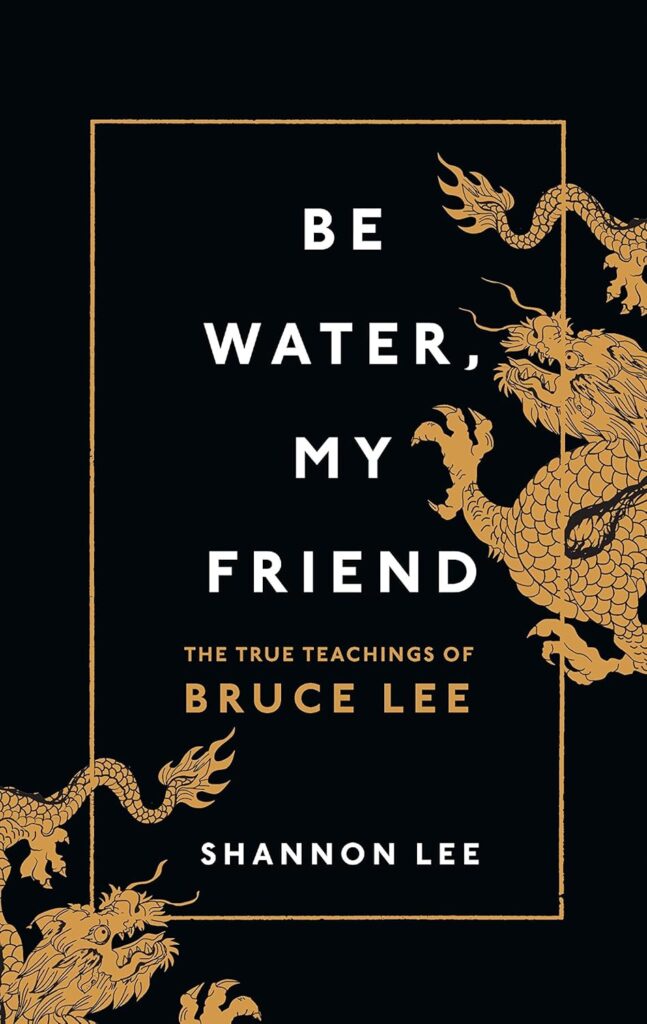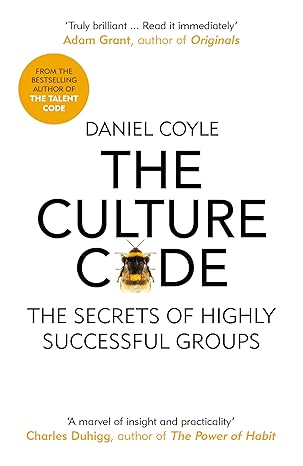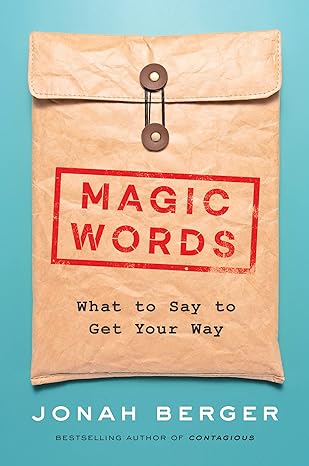Leadership and Self-Deception by the Arbinger Institute is a thought-provoking book that reveals how we often deceive ourselves without realizing it, justifying our actions while blaming others. This mindset, the book argues, hinders our ability to lead effectively and build meaningful relationships. At the heart of the book lies a powerful metaphor: being “in the box” versus “out of the box”— a reflection of how we view and treat the people around us. The book offers practical insights into how we fall into this mental trap and, more importantly, how we can free ourselves from it
Self-Deception and the “Box”
- Self-deception is the problem of not knowing and resisting the possibility that one has a problem.
- No matter what we are doing on the outside, people respond primarily to how we are feeling about them on the inside. And how we are feeling about them depends on whether we are in or out of the box concerning them.
- Out of the box: I see myself and others more or less as we are – as People
- In the box: I see myself and others in a systematically distorted way – others as mere Objects.
How we get in the box
- An act contrary to what I feel I should do for another is called an act of “self-betrayal”.
- When I betray myself, I begin to see the world in a way that justifies my self-betrayal.
- When I see the world in self-justifying way, my view of reality becomes distorted.
- So, when I betray myself, I enter the box.
- Over time, certain boxes become characteristic of me, and I carry them with me.
- By being in the box, I provoke others to be in the box.
- In the box, we invite mutual mistreatment and obtain mutual justification. We collude in giving each other reason to stay in the box.
We can get out of the box by knowing the material and living it.
Knowing the material:
- Self-betrayal leads to self-deception and “the box”.
- When we are in the box, our “what-focus” shifts from achieving results to justifying ourselves.
- Similarly, our ‘who-focus’ shifts to ourselves instead of the people we are meant to serve.
- When we are in the box, the following efforts will not work:
- Trying to change others.
- Doing our best to “cope” with others.
- Leaving.
- Communicating.
- Implementing new skills or techniques.
- Changing our behavior.
- Ultimately, our ability to influence and succeed as leaders depends on whether we operate from inside or outside the box. We can get out of the box as we cease resisting other people.
Living the material:
- Don’t try to be perfect. Do try to be better.
- Don’t look for others’ boxes. Do look for our own.
- Don’t accuse others of being in the box. Do try to stay out of the box ourselves.
- Don’t give up on ourself when we discover we have been in the box. Do keep trying.
- Don’t deny that we have been in the box when we have been. Do apologise, then just keep marching forward, trying to be more helpful to others in the future.
- Don’t focus on what others are doing wrong. Do focus on what we can do right to help.
- Don’t worry whether others are helping us. Do worry whether we are helping others.
Leadership and Self-Deception reminds us that effective leadership starts with how we see others—and ourselves. When we act against what we know is right, we betray ourselves and enter the box, distorting reality to justify our actions. This mindset not only limits our influence but also impacts those around us. Getting out of the box isn’t about fixing others; it’s about choosing to be helpful, honest, and aware. As leaders, the real shift begins when we stop justifying and start seeing people as people.
